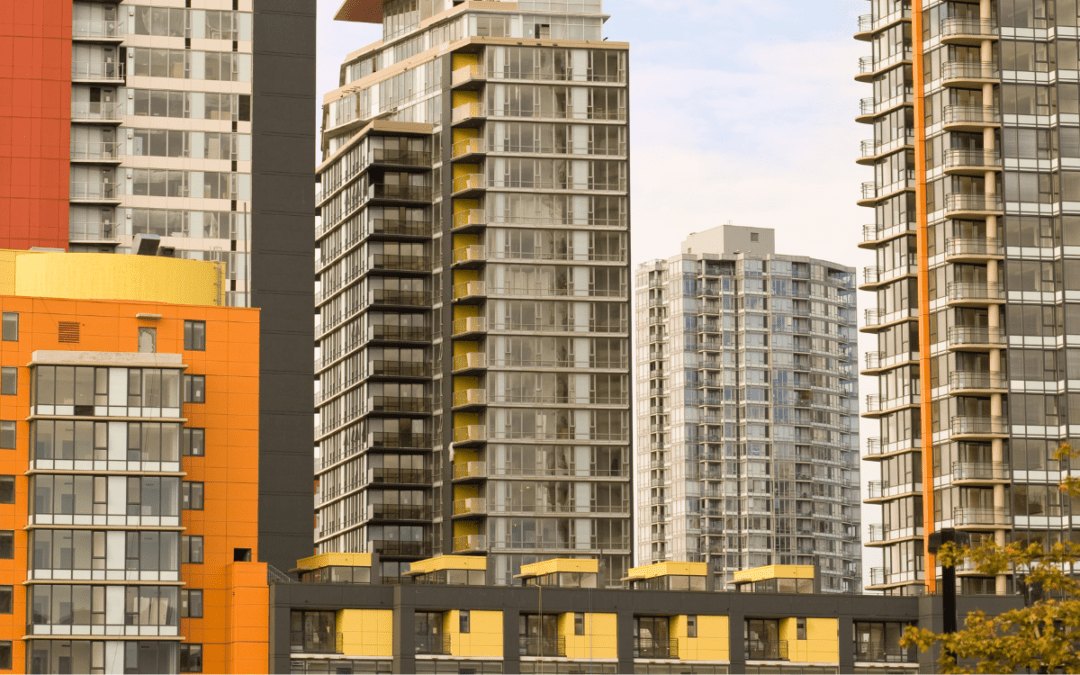Last week, the Task Force for Housing and Climate released its comprehensive recommendations aimed at rapidly expanding Canada’s housing stock while aligning with climate objectives.
Co-chaired by former federal cabinet minister Lisa Raitt and former Edmonton mayor Don Iveson, the Blueprint for More and Better Housing commenced last September and outlines 140 specific actions for governments, to add 5.8 million affordable, low-carbon and climate-resilient homes by 2030.
Comprising 15 housing experts, including former mayors, chief planners, builders, finance experts and Indigenous leaders, the Task Force aims to tackle the pressing issues of housing affordability and climate resilience.
The calls to action
The recommendations focus on four key transformative moves: legalizing density, implementing enhanced building codes, investing in factory-built housing and regulating housing growth in high-risk climate areas.
Among 40 actions, municipalities are urged to eliminate parking minimums and unit maximums, create ambitious density rules near transit hubs and streamline approval processes.
Provinces are given 50 actions, including supporting density-friendly municipal reforms, investing in factory-built housing and adopting stringent building codes for energy efficiency (the highest tiers of Canada’s National Model Building Code).
The federal government is advised to tie funding for housing, infrastructure and transit to the adoption of these reforms and codes, and collaborate with provinces to map climate hazards and disincentivize housing growth in high-risk areas.
“Fixing the housing crisis, like the climate crisis, requires every order of government to do its part”
“Fixing the housing crisis, like the climate crisis, requires every order of government to do its part,” says co-chair the Honourable Lisa Raitt. “Our Blueprint will help every government take smart steps towards building more and better housing.”
Co-chair Don Iveson adds, “We need a lot more housing, and our Blueprint shows that climate-aligned housing can be faster to build and more affordable as a result of lower utility and insurance bills, lower infrastructure costs and less regulation-blocking density.”
Read the full report here.














